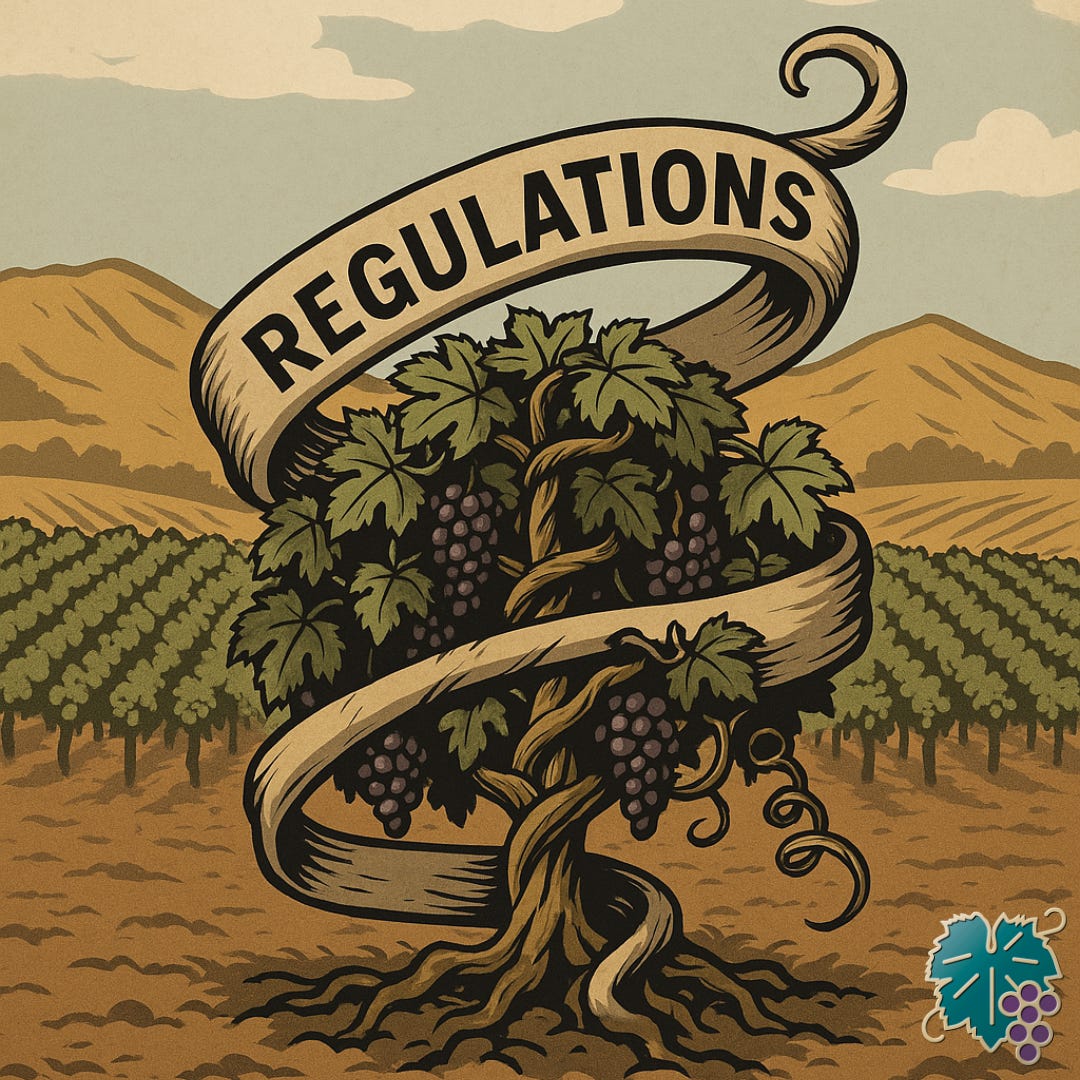By: Michael Miiller, Director of State Government Relations
There is a prevailing belief in Sacramento that when California enacts a new law, other states and even countries are likely to follow suit. While there’s some truth to this, the details are important.
For example, when California passed a law in 2016 lowering the ag overtime threshold for ag workers, New York and Oregon quickly followed. However, in both states, Democratic governors and legislators realized that ag employers could not afford overtime compensation. This would likely reduce the amount of overtime hours available for ag employees and ultimately result in less take-home pay for farmworkers.
So, in Oregon and New York, they created a tax credit for ag employers to help cover the increased costs. But in California, no such tax credit is yet available.
In some cases, California could benefit from following the lead of other states and countries. For example, California is the only state in the nation that has tight restrictions on the use of autonomous tractors based on a 1970’s regulation which is based on 1920’s technology. Growers all over the globe can use an autonomous tractor in the workplace, but in a California workplace, there needs to be a driver on board the tractor, even though it is being operated remotely from a device.
Lynn Hamilton and Michael McCullough, Professors of Agribusiness at Cal Poly, San Luis Obispo, found that the cost of regulatory compliance for California agriculture surged by 1366% between 2006 and 2024. They used lettuce growers as a sample. These cost increases have occurred while farmgate prices remained relatively stagnant.
Cost of compliance with California regulations has increased by 1366%.
Average farmgate value has increased by only 44.3%.
Rising costs of regulations are an increasing concern for California growers. Additional regulations, including the Sustainable Groundwater Management Act, the Irrigated Lands Program, equipment emissions regulations, minimum wage, and overtime laws for farmworkers, continue to increase costs.
And in a global economy, these rising costs are difficult to pass on to consumers, particularly in competitive markets. In other words, wineries are not going to pay more for grapes to cover the grower’s cost increases.
Putting aside the hand-wringing over politics and the stock market, tariffs in a global market are intended to even out the competition between nations. When other nations impose trade barriers that limit American exports, yet face little resistance when sending their products here, it creates an uneven playing field. True reciprocity doesn’t mean matching tariffs dollar for dollar, it means ensuring U.S. producers aren’t disadvantaged by one-sided trade policies.
In addition to considering the implications of tariffs, Californians must also consider that their costs of regulatory compliance are the highest in the country. Research titled “A Note on Regulatory Compliance Costs Across U.S. States” found that California has the greatest number of regulatory restrictions. And we know, this is no surprise to any California grower.
When exporting California products, it would be helpful to look at tariffs imposed abroad, as well as how California’s increased costs of doing business act as a domestic tariff.
Consider the example of a California company exporting to a country that imposes a 25% tariff on imported goods. Before the product ever leaves the state, that same company may already be shouldering a 25% higher cost of regulatory compliance compared to competitors abroad. In this example, the combined total disadvantage is actually 50%. Half paid in California’s higher cost of doing business, and half paid through a foreign tariff. California companies are paying it upfront in producing the product, and facing additional burdens when trying to access international markets. This regulatory burden functions like a de facto tariff.
And if that product is sold locally, it still has that 25% increased cost of doing business (a CA self-imposed tariff) as it is competing with products from abroad. These added burdens make it harder for California producers to compete both domestically and globally, especially when foreign competitors face fewer barriers, lower costs, and, in some cases, heavy government subsidies.
Trade wars come and go. But California’s regulatory burden is constant and growing.
Last week, Governor Newsom released a statement in response to the recent actions on tariffs and trade wars. Newsom said, “California leads the nation as the #1 state for agriculture and manufacturing — and it’s our workers, families, and farmers who stand to lose the most from this Trump tax hike and trade war.” Newsom is primarily asking California’s trade partners to exempt California-made products from any retaliatory measures.
Today, he took it a step further in hosting a press conference to announce that California is filing a lawsuit to challenge President Trumps authority to impose tariffs.
Levi Strauss once said, “An expert knows all the answers - if you ask the right questions.”
While Newsom is looking to trade partners and lawsuits for solutions, the real answers may be found if lawmakers look in the mirror and ask themselves, “What can I do to reduce California’s self-imposed tariffs?” Perhaps the solution is simpler than we think — focus on what can be fixed right here at home.
Imagine if California lawmakers made a commitment to reduce the costs of regulatory compliance by even as little as 20% and then committed to creating no new costs for two years.
While not the complete answer, there is no doubt that by reducing the regulatory burden, lawmakers can create a more sustainable economic environment for all California industries, ensuring they remain competitive on the global stage and protect jobs within the state.



